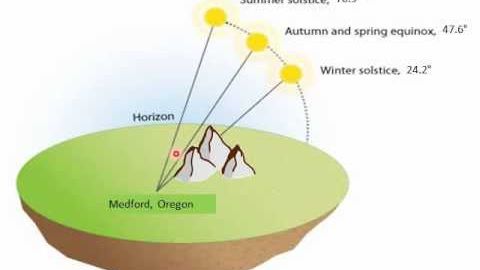
Subtitles & vocabulary
Video vocabulary
sun
US /sʌn/
・
UK /sʌn/
- Noun (Countable/Uncountable)
- Light and heat coming from a large star in the sky
- Hot shining star the Earth moves around
- Intransitive Verb
- To lie in the sunshine and enjoy its warmth
A1
More summer
US /ˈsʌmɚ/
・
UK /ˈsʌmə(r)/
- Noun
- Part of the year when the weather is hot
- Intransitive Verb
- To spend time in a place in the warm months
A1
More winter
US /ˈwɪntɚ/
・
UK /ˈwɪntə(r)/
- Noun
- Time or season of idleness or decay
- Coldest season of the year
- Adjective
- (Food) planted in fall and gathered next year
A1
More day
US /de/
・
UK /deɪ/
- Noun (Countable/Uncountable)
- A period of 24 hours beginning at midnight
- The period of time when it is light outside
A1
More Use Energy
Unlock All Vocabulary
Unlock pronunciation, explanations, and filters
